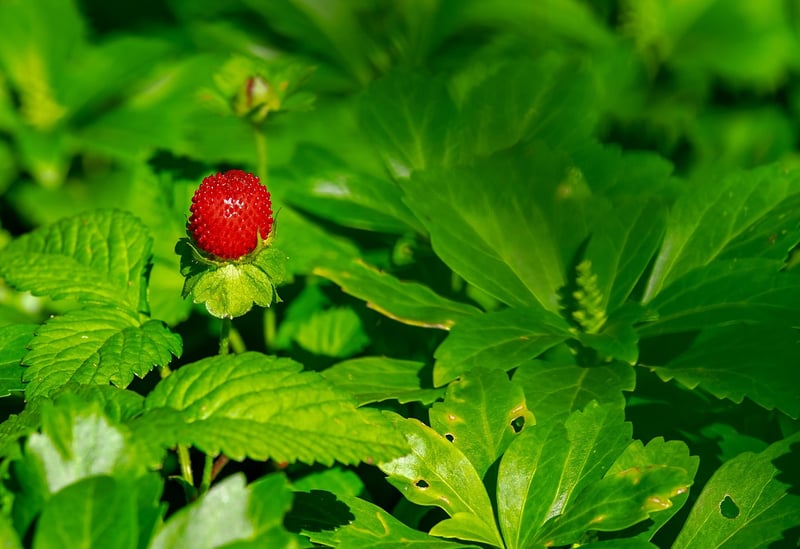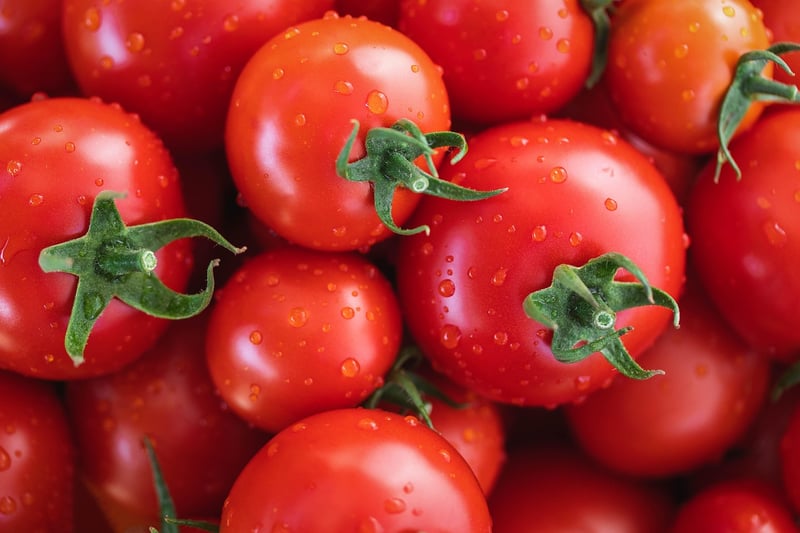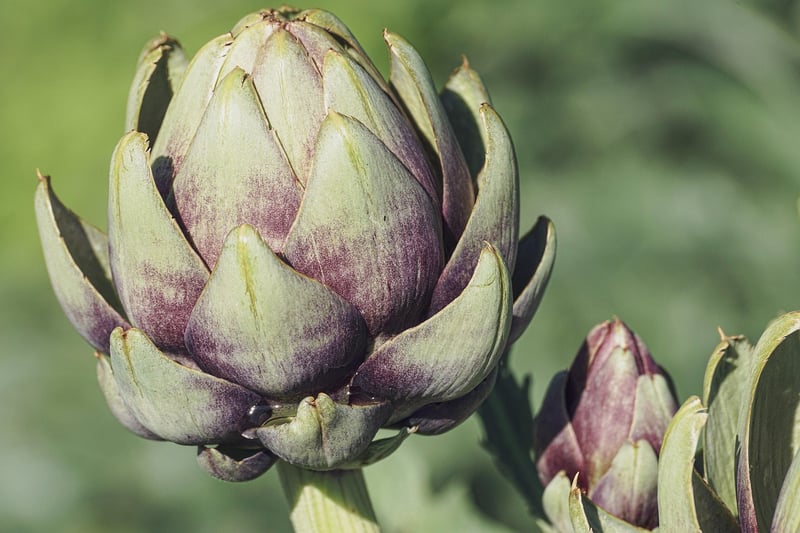Edible Plants
Choosing the Right Plants for Your Vertical Garden
Vertical gardens are a fantastic way to bring greenery into small spaces and create a stunning visual impact. When selecting plants for your vertical garden, it's essential to consider factors like light conditions, water requirements, and the overall design aesthetic you are aiming for. Here are some tips to help you choose the right plants for your vertical garden:
1. Light Conditions:
Before selecting plants, assess the amount of sunlight the vertical garden will receive. Choose plants that thrive in either full sun, partial shade, or full shade, depending on your specific location.
2. Water Requirements:
Consider the watering needs of the plants you intend to grow. Some plants require frequent watering, while others are more drought-tolerant. Make sure the plants you choose have similar water requirements to ensure they thrive together.
3. Size and Growth Habit:
Take into account the mature size and growth habit of the plants. For a vertical garden, select plants that are compact or have a trailing habit to create a lush and cascading effect. Avoid plants that grow too large and overwhelm the space.
4. Design Aesthetic:
Choose plants that complement the overall design aesthetic of your vertical garden. Consider the colors, textures, and shapes of the leaves and flowers to create a visually appealing arrangement.
Edible Plants for Your Vertical Garden
One of the great advantages of vertical gardens is the ability to grow your food, even in limited space. Here are some edible plants that are well-suited for vertical gardens:
1. Herbs:
Herbs like basil, thyme, mint, and parsley are perfect for vertical gardens. They require minimal space, are easy to grow, and add fresh flavors to your cooking.
2. Strawberries:
Strawberries are ideal for vertical gardens due to their cascading growth habit. Enjoy fresh, juicy strawberries right from your own garden.
3. Lettuce:
Lettuce varieties, such as loose-leaf and romaine, can be grown vertically, providing a continuous supply of fresh greens for salads.
4. Tomatoes:
Choose compact tomato varieties that are suitable for vertical growing. Tomatoes thrive in sunny locations and can be trained to grow upwards.
With the right plant selection and care, your vertical garden can become a beautiful and functional addition to any space. Get creative with your plant choices and enjoy the benefits of a thriving green oasis right at home!


